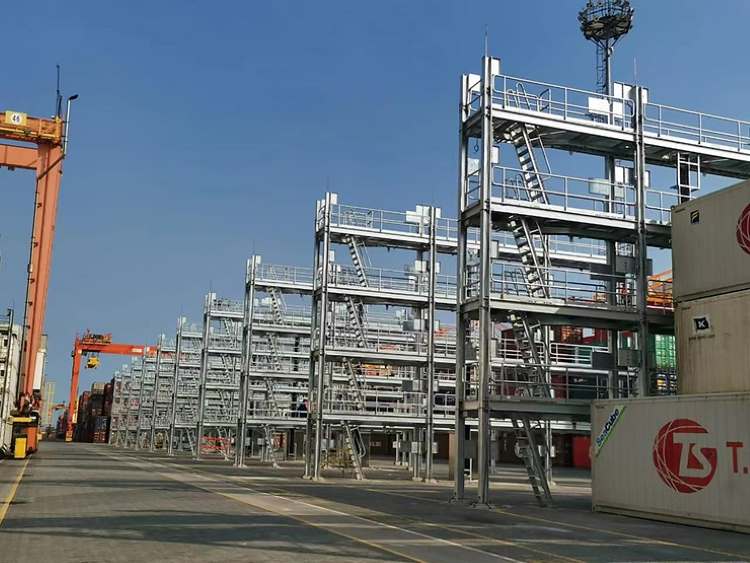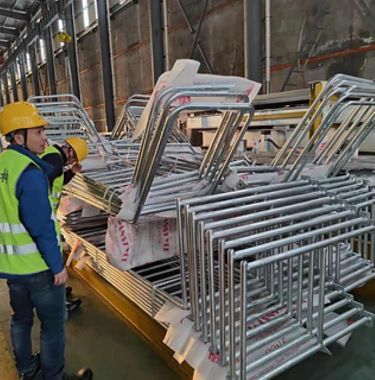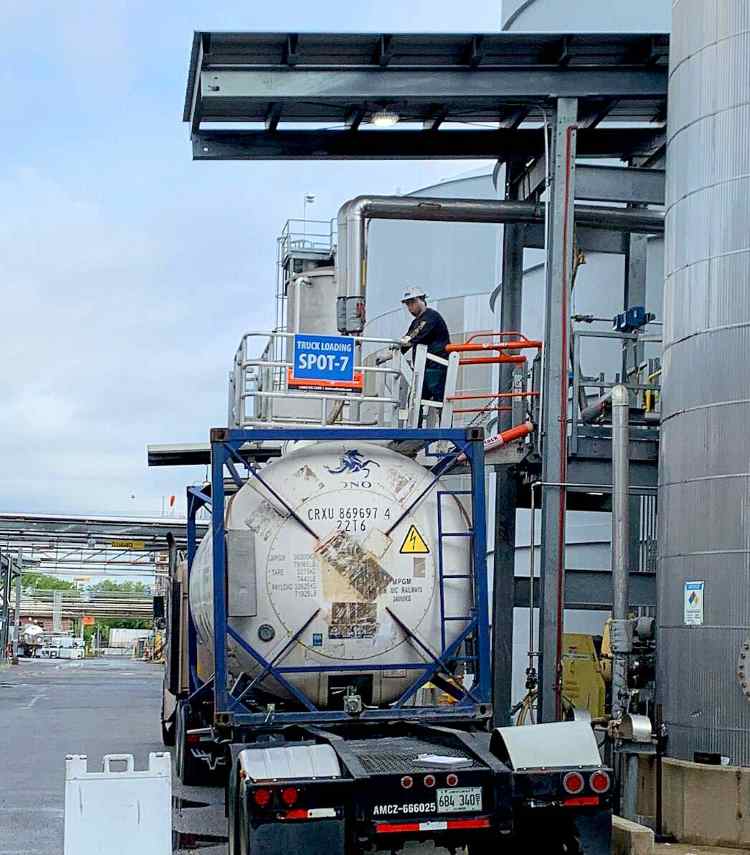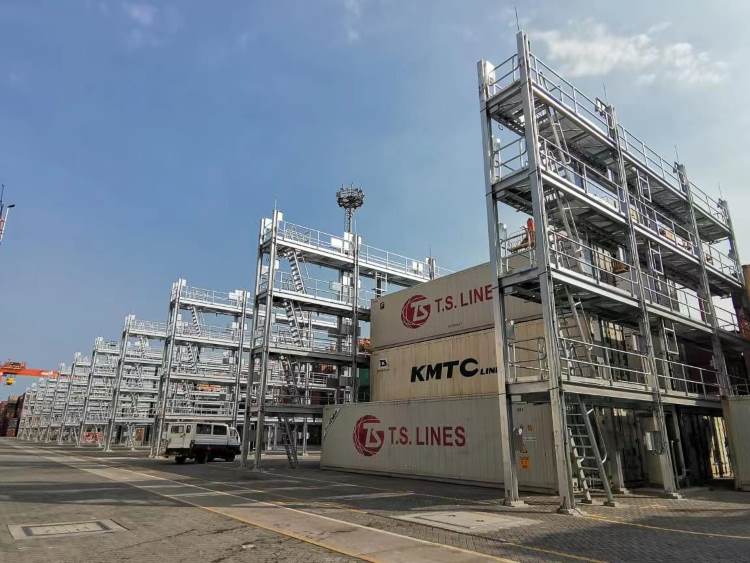Pre-Engineered Buildings vs Conventional Buildings: Which is Better?
No Pics.
Over the years, building technology has been constantly developing and innovating from conventional building techniques to one of the most recent construction innovations, the pre-engineered buildings (PEBs) also known as prefabricated buildings. But which type of building structure is better? If you plan to build a new building project, it is important to consider some important parameters to help you decide which type of structural building technique is more cost-effective and sustainable.
Pre-engineered buildings are built mostly in steel and are factory made, shipped to site, and bolted together. The rigid framing completes the roof, beams, and columns.
Then other exterior panels are assembled, along with structural elements and accessories. Pre-engineered buildings revolutionized the construction market with its built-up sections in place of conventional hot-rolled sections. Larger column-free area sets PEBs apart, compared to its conventional counterparts.

Industrial and Commercial Pre-engineered Building

pre engineered building reefer rack at terminal of port.

Here we have differentiated between the pre-engineered buildings and conventional buildings on various parameters which will help you understand a proper comparison between the Pre-engineered buildings and conventional buildings.
|
Parameter |
Pre-Engineered Building |
Conventional Building |
|---|---|---|
|
Weight |
About 20-30% lighter than the conventional buildings. |
Structural members of the conventional buildings are Hot Rolled, which makes the building heavy-weight. |
|
Structure |
Primary members are tapered. Secondary Members are light weight & rolled framed ‘Z’ & ‘C’ sections |
Primary members are hot rolled ‘I’ sections. Secondary members are ‘I’ & ‘C’ sections which are heavier in weight. |
|
Design |
Software based Standard designs that are replicable. The design of a PEB structure is efficient due to its integral framing system. |
Partially automated designs with manual intervention. Requires more time and offers less precision in design. |
|
Delivery Timeline |
The components of the PEBs are designed at the factory, so it requires significantly shorter duration for its construction. |
The delivery of conventional buildings are prolonged as compared to the PEB structures and can extend depending on complexity. |
|
Foundation |
Simple design and easy to build as the structural weight of the building is low, it requires a simple design foundation. |
Substantial investment in foundation work as the weight of the building is greater, so it requires more cost for the construction of the foundation. |
|
Erection Process |
Easier, faster, and safer. |
Labor intensive. |
|
Seismic Resistance |
The PEB offers good resistance against seismic actions due to its lightweight and flexible members. |
Conventional Buildings cannot withstand seismic actions due to their heavy rigid members. |
|
Sustainability |
Reduced wastage and lesser impact on environment due to lean construction. |
Wastage and energy consumption. |
|
Flexibility |
Future expansion is simple, easy, and cost effective as PEBs can be easily expanded in width as well as height by adding additional bays. Single supplier can coordinate changes. |
Revisions or additions can be difficult and costly due to extensive redesign. |
|
Performance |
All components are specified and designed to act together as a system, for maximum efficiency, precise fit and performance. |
Components are designed in general for possible use in many alternative configurations. |
|
Accountability |
Single source responsibility. |
Multiple vendors involved. |
|
Overall Cost |
Lower cost due to the saving in design, manufacturing and on-site erection cost. |
|
|
Applications |
Best suited for industrial, infrastructures and warehousing projects. |
Best suited for commercial establishments, institutional structures, industrial and residential applications. |
Both pre-engineered and conventional buildings have their own advantages. Choosing the right kind of building structure depends on design requirements and materials your project demands. One must consider budget, safety, durability and maintenance before arriving at a decision.

ZHM Huawu Steel can supply an assortment of prefabricated steel buildings also known as pre-engineered steel buildings (PEB), for a wide range of applications: from workshops, agricultural buildings, aircraft hangers, dealerships, industrial buildings, retail stores and more.
Utilizing steel is a sustainable, cost effective and very durable building material solution. It easily meets both aesthetic, technical requirements of a range of building codes around the world. ZHM Huawu Steel's full service along with its roster of industry experts in engineering and manufacturing allows fabrication to follow all the way from the factory to site, providing hassle free solutions to its customers.
Other Steel Structure Fabrication Capabilities
Miscellaneous steel items for the Material Offloading Facilities
 Auxiliary Structures |
 |
|
|
|
 Wastewater Treatment Plant |
 Port Facility Steelworks |
|
|
|
Why ZHM Huawu Steel prefabricated steel structure buildings ?
 |
 |
 |
 |
| Reliable and Customized Designs | Cutting Edge Designing Process | Free Online Price System | Easy Bolt-by-number Assembly |
 |
 |
 |
 |
| Over Two Decades of Experience | Value For Money | Unmatched in Quality and Craftmanship | Excellent Customer Service |
Would you like to see more information and images of ZHM’s Metal Steel Structure PEB Buildings? Visit our Photo Gallery.
HOW CAN WE HELP YOU?
ZHM’s world-class team — together with our raw material suppliers and subcontractors — works to solve your most challenging design, engineering, farbrication or construction issues.
Contact ZHM by telephone at +86 135-8815-1981 (wechat and whatsapp) or send us your questions via email to info@zhmsteelworks.com
ZHM Huawu Steel is an expert steel structures fabrication company, Contact ZHM Huawu Steel to discuss your requirements.









